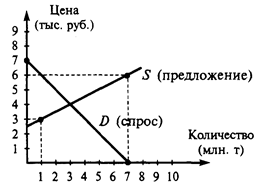Limited omniscient point of view
When an author uses a limited omniscient narrator,he chooses a character inthe story and tells the story from his point of view. This type knows only what the main character, or characters, know. This is more restrictive, but increases suspense and intrigue, because the reader only solves the mystery at the same time the characters do. 1984, by George Orwell, is a good example.This character becomes the centre of revelation and the reader sees the events and other characters from his viewpoint. Limited omniscient narration involves the reader more than pure omniscient narration. By associating the narrating voice with one of the characters in the story, the author gives it an identity and therefore makes it more interesting for the reader. Also, because much of the story is told from the partial viewpoint of one of the characters, the reader gets the idea that anything can happen in the course of the novel, just as it can in real life. The following types can fall into either omniscient or limited: · The Detached Observer A detached third person narrator sticks to telling the story, and never inserts his own opinions – never slips in an “I” or a “me” except in direct dialogue. You probably won’t notice voice at all. It’s fruitless to give an excerpt showing what a writer didn’t do, but Orwell’s 1984 is, again, a good example. · The Commentator This type never physically enters the story, but freely adds in his own amusing commentary. Allows voice without the complication of using an existing character. The curtains of his bed were drawn aside; and Scrooge, starting up into a half-recumbent attitude, found himself face-to-face with the unearthly visitor who drew them: as close to it as I am now to you, and I am standing in the spirit at your elbow. (A Christmas Carol by Charles Dickens) · The Interviewer This type has collected the details of the story after it happened, such as by interviewing the characters. This lends a sense of reality to the story. It brought both a smell and a sound, a musical sound. Edmund and Eustace would never talk about it afterwards. Lucy could only say, “It would break your heart.” “Why,” said I, “was it so sad?” “Sad! No,” said Lucy.(The Voyage of the Dawn Teacher by C.S. Lewis) · The Secret Character Sometimes a narrator only pretends to remove from the story—they may refer to themselves in third person right up to the end, but will eventually be mentioned by some other character, or revealed to be a major character, even the villain, for an extra-pleasing plot twist. Example: “Lemony?” Violet repeated. “They would have named me Lemony? Where did they get that idea?” · The Unreliable Narrator Usually first person, but occasionally third, an unreliable narrator has a flawed point of view. That is, the writer intentionally made him biased, misinformed, insane, etc. It’s difficult to find a single passage that illustrates this, but examples include Nelly in Wuthering Heights, by Emily Brontë, or Holden Caulfield in The Catcher in the Rye, by J.D. Salinger.
Third-person narrators:
|




